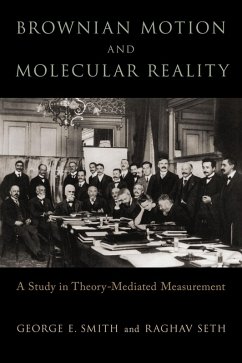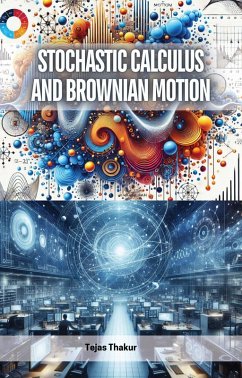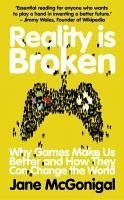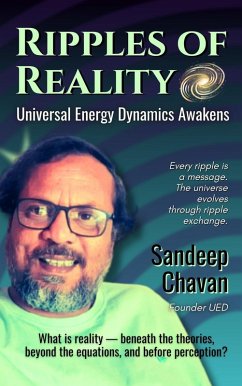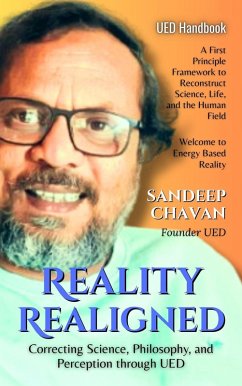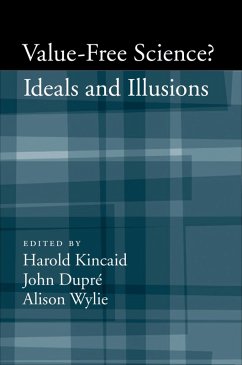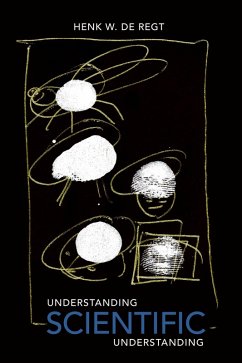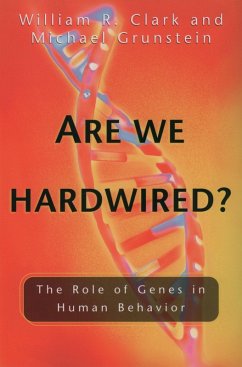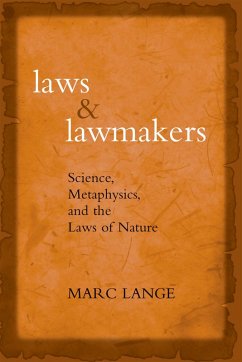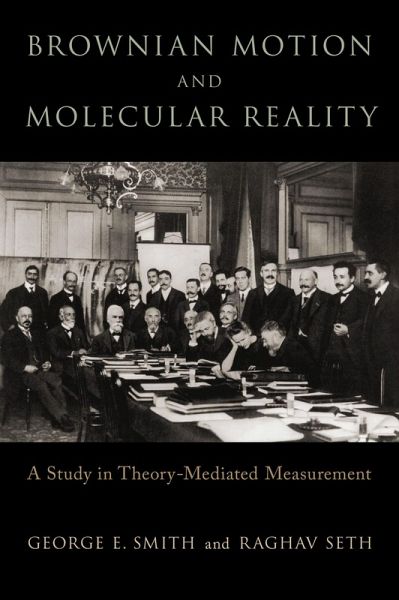
Brownian Motion and Molecular Reality (eBook, ePUB)
Versandkostenfrei!
Sofort per Download lieferbar
39,95 €
inkl. MwSt.
Weitere Ausgaben:

PAYBACK Punkte
20 °P sammeln!
Between 1905 and 1913, French physicist Jean Perrin's experiments on Brownian motion ostensibly put a definitive end to the long debate regarding the real existence of molecules, proving the atomic theory of matter. While Perrin's results had a significant impact at the time, later examination of his experiments questioned whether he really gained experimental access to the molecular realm. The experiments were successful in determining the mean kinetic energy of the granules of Brownian motion; however, the values for molecular magnitudes Perrin inferred from them simply presupposed that the ...
Between 1905 and 1913, French physicist Jean Perrin's experiments on Brownian motion ostensibly put a definitive end to the long debate regarding the real existence of molecules, proving the atomic theory of matter. While Perrin's results had a significant impact at the time, later examination of his experiments questioned whether he really gained experimental access to the molecular realm. The experiments were successful in determining the mean kinetic energy of the granules of Brownian motion; however, the values for molecular magnitudes Perrin inferred from them simply presupposed that the granule mean kinetic energy was the same as the mean molecular kinetic energy in the fluid in which the granules move. This stipulation became increasingly questionable in the years between 1908 and 1913, as significantly lower values for these magnitudes were obtained from other experimental results like alpha-particle emissions, ionization, and Planck's blackbody radiation equation. In this case study in the history and philosophy of science, George E. Smith and Raghav Seth here argue that despite doubts, Perrin's measurements were nevertheless exemplars of theory-mediated measurement-the practice of obtaining values for an inaccessible quantity by inferring them from an accessible proxy via theoretical relationships between them. They argue that it was actually Perrin more than any of his contemporaries who championed this approach during the years in question. The practice of theory-mediated measurement in physics had a long history before 1900, but the concerted efforts of Perrin, Rutherford, Millikan, Planck, and their colleagues led to the central role this form of evidence has had in microphysical research ever since. Seth and Smith's study thus replaces an untenable legend with an account that is not only tenable, but more instructive about what the evidence did and did not show.
Dieser Download kann aus rechtlichen Gründen nur mit Rechnungsadresse in A, B, BG, CY, CZ, D, DK, EW, E, FIN, F, GR, HR, H, IRL, I, LT, L, LR, M, NL, PL, P, R, S, SLO, SK ausgeliefert werden.




